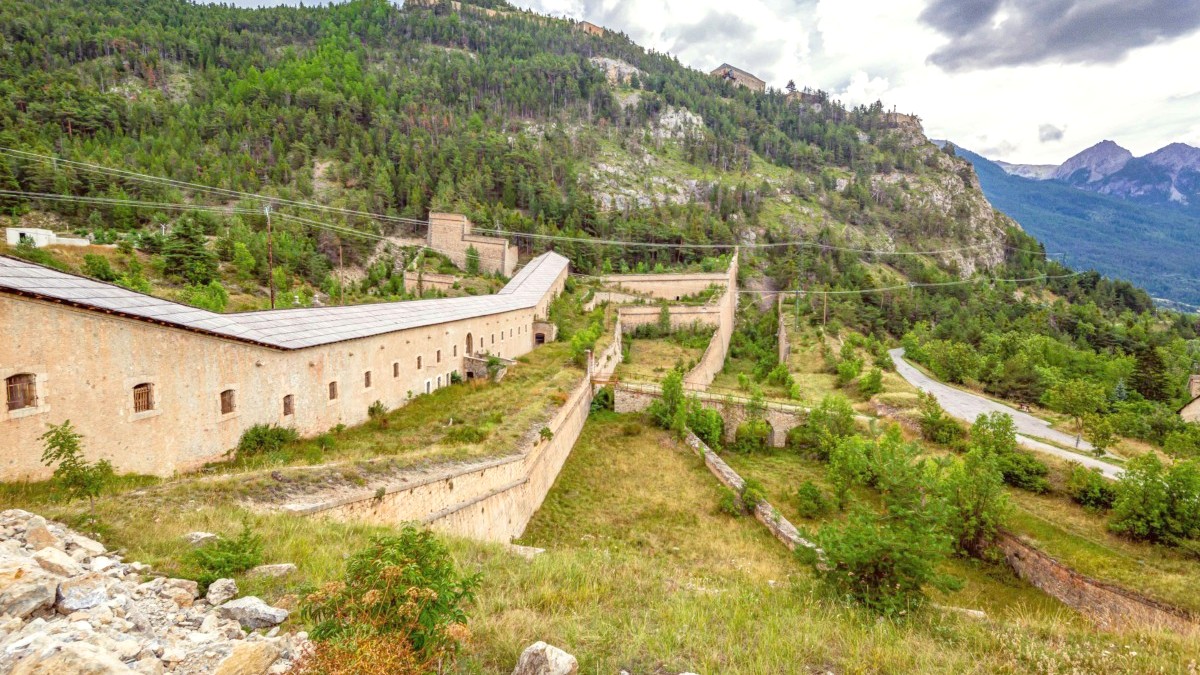
Southwestern France, France
Connected to La Rochelle by a long, scenic toll bridge (Pont de l'Île de Ré). Accessible by car (approximately 20-30 minutes, plus bridge toll), by Yélo bus (Line 3/3E from La Rochelle train station), or, most popularly, by bicycle from La Rochelle (a dedicated, safe cycle path crosses the bridge).
This picturesque island is famous for its charming, white-washed villages (Saint-Martin-de-Ré, an UNESCO World Heritage site with its star-shaped fortifications; Ars-en-Ré; La Flotte), beautiful sandy beaches, extensive salt marshes (marais salants), and oyster farms. You can climb the Phare des Baleines (Lighthouse of Whales) for panoramic views. The island is notably known for its extensive and flat cycling paths, making it a cyclist's paradise.
Explore additional regional highlights for day trips or longer stays.
Connected to the mainland by a free bridge, located south of La Rochelle. Accessible by car (approximately 45-60 minutes) or by bus from La Rochelle. Larger and wilder than Île de Ré, it boasts diverse landscapes.
Approximately 30-45 minutes drive east of La Rochelle. A car provides the most flexibility, though organized tours from La Rochelle are available.
La Rochelle's location offers access to serene natural landscapes.
This "Green Venice" provides an unique natural escape.
Numerous trails wind along the Atlantic coast, offering fresh sea air, dramatic cliffs, and expansive beach views. These paths are perfect for invigorating walks or runs.
Beyond Plage des Minimes, explore wider, less crowded beaches on Île de Ré, Île d'Oléron, or Châtelaillon-Plage. Find long stretches of sand, small coves, and areas ideal for shellfish gathering.
Bird migration patterns in the salt marshes and wetlands provide unique viewing opportunities, especially during spring and autumn.
The region's natural settings invite peaceful contemplation and relaxation.
Deepen your appreciation of the region's culture and history with focused excursions.
A visit to Cognac provides a deep dive into the history, meticulous production, and cultural significance of this world-renowned spirit. Many distilleries offer tours in English.
Venture inland from the coast to discover charming rural villages away from the main tourist routes. These places offer a glimpse into traditional Charentais life.
While the fort itself is not accessible to the public, boat trips from La Rochelle or Île d'Oléron offer close-up views of this iconic sea fort.
A UNESCO World Heritage site, this former Benedictine abbey (about an hour's drive from La Rochelle) has impressive Romanesque architecture and a rich history.
Engage with the region's past through various historical sites and museums.
Musée du Nouveau Monde (colonial history), Musée Maritime (naval heritage).
Discover the Towers, Old Port, and arcaded streets of the Old Town.
Observe regional customs and local life in smaller villages.
Consider extending your journey beyond La Rochelle to explore more of Nouvelle-Aquitaine or connect with other famous areas in France.
Add 2-3 days. Explore Bordeaux city (Cité du Vin, historic center) and dedicated vineyard tours in Saint-Émilion, Médoc, or Sauternes. Connected by TGV train.
Add 2-3 days. Head north to discover famous châteaux like Chenonceau or Chambord. Best explored by car from a base city like Tours or Blois.
Add 3-4 days. Journey east to the picturesque Dordogne for prehistoric caves (Lascaux), medieval castles (Beynac), and charming villages like Sarlat-la-Canéda. A rental car is suggested.
Evaluate whether train or car rental is efficient based on your group size and desired itinerary for each leg of the journey.
Consider multiple bases for different regions to minimize travel time between attractions.
Book high-speed train tickets (TGV) and popular tours in advance, especially during peak seasons.